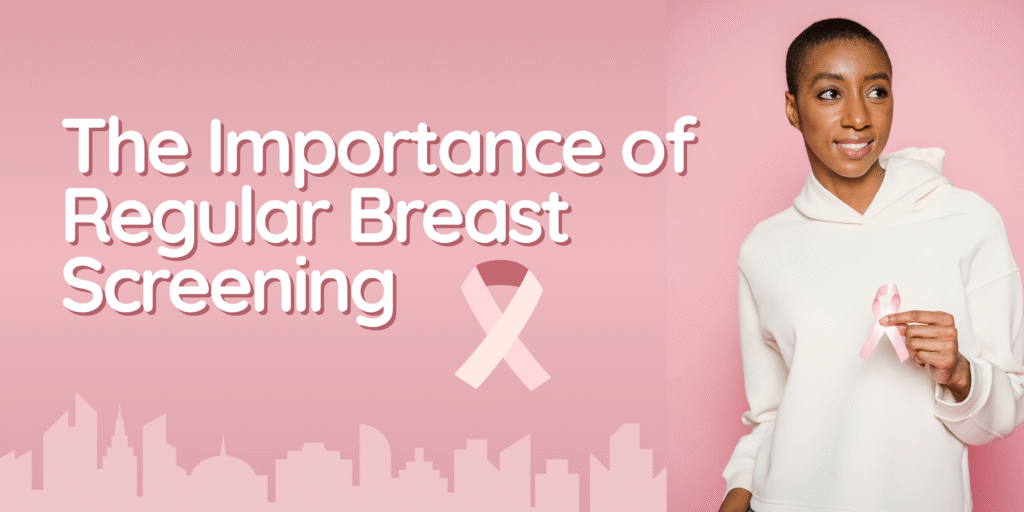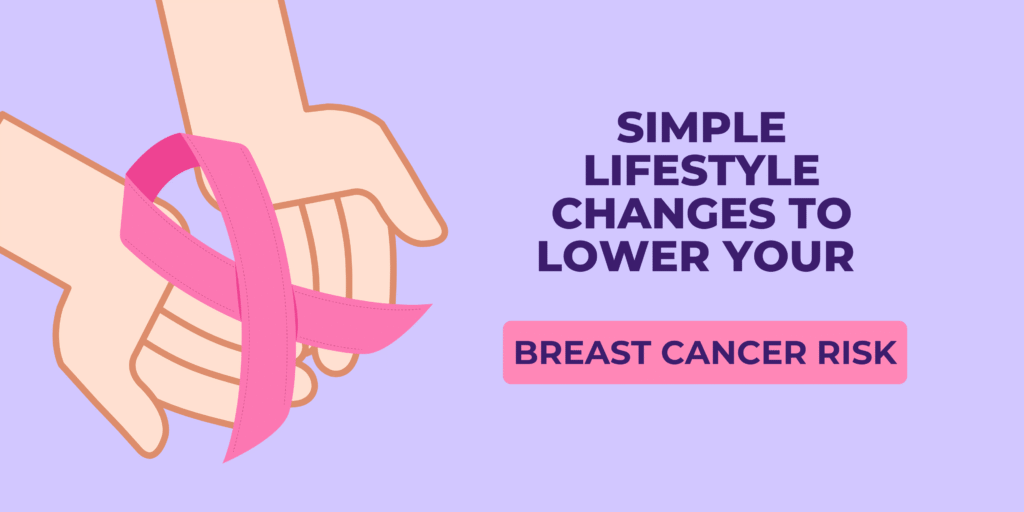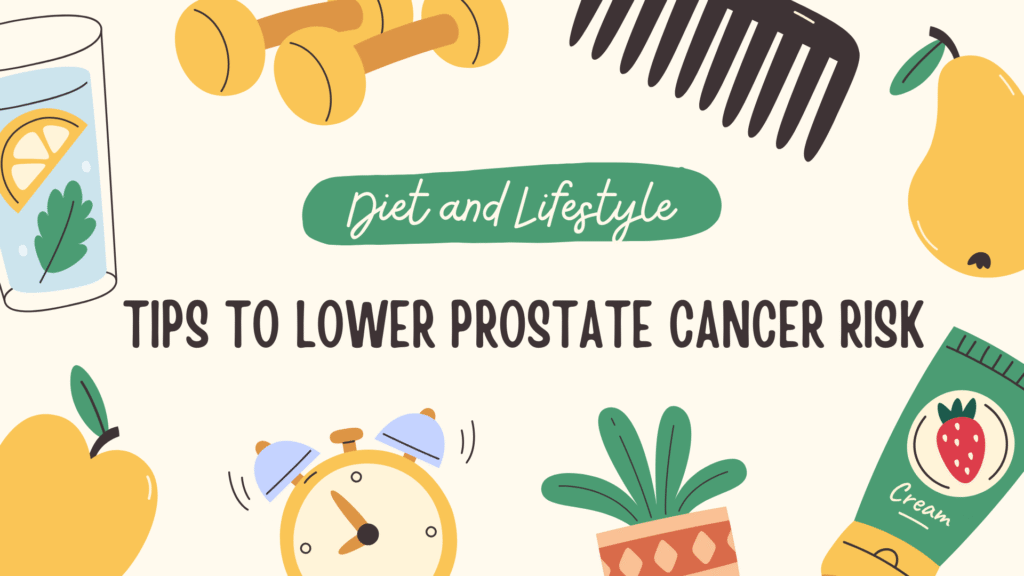Rising Cancer Incidence in India: A Growing Public Health ChallengeBy Dr. Mangesh Kamath | Healius Cancer & Hematology Clinics
Cancer incidence in India has been steadily increasing over the past decade, now averaging 106 cases per 1 lakh people, as shown in recent data from the Ministry of Health and Family Welfare. While this rate remains lower than in most developed nations, the upward trend reflects significant lifestyle, environmental, and healthcare transitions within the country. Comparison with Other Nations In developed countries like the United States, UK, and Australia, the cancer incidence ranges from 250 to 300 cases per 1 lakh people. These nations record higher detection rates largely due to advanced screening programs, longer life expectancy, and better reporting systems. However, their mortality rates are lower because of early diagnosis and better treatment access. In contrast, developing nations such as Bangladesh (90/1 lakh), Pakistan (94/1 lakh), and Nepal (86/1 lakh) report slightly lower or comparable incidence rates to India, though these figures may be underestimates due to limited cancer registries and diagnostic facilities. India’s current position—between developing and developed nations—highlights a transitional phase where lifestyle changes and urbanization are increasing cancer risk, but early detection and treatment infrastructure are still catching up. Regional Variation within India The map reveals striking inter-state differences: Key Reasons Behind the Rise in India The Way Forward Addressing India’s rising cancer burden requires a multi-pronged approach: Conclusion India’s cancer burden is increasing, but it is not inevitable. With prevention, early detection, and strong public-health action, we can bend the curve. Each step—whether quitting tobacco, exercising regularly, or getting screened—brings us closer to a healthier, cancer-aware nation. At Healius Cancer & Hematology Clinics, we are fully prepared to meet this growing challenge through state-of-the-art diagnostics, personalized treatment plans, advanced immunotherapy and targeted therapy options, and a multidisciplinary team approach—ensuring that every patient receives the best possible care, close to home.











